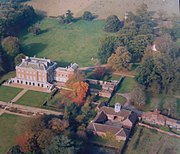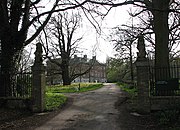
Robert Walpole, 1st Earl of Orford,, known between 1725 and 1742 as Sir Robert Walpole, was a British statesman and Whig politician who, as First Lord of the Treasury, Chancellor of the Exchequer, and Leader of the House of Commons, is generally regarded as the de facto first Prime Minister of Great Britain.

Baron Walpole of Walpole in the County of Norfolk is a title in the Peerage of Great Britain.

Earl of Orford is a title that has been created three times.
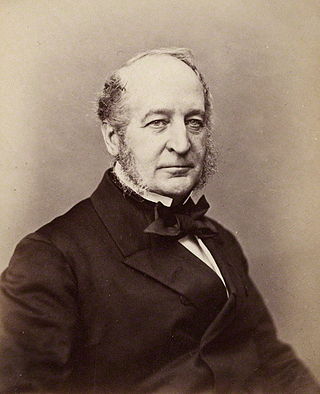
Spencer Horatio Walpole was a British Conservative Party politician who served three times as Home Secretary in the administrations of Lord Derby.
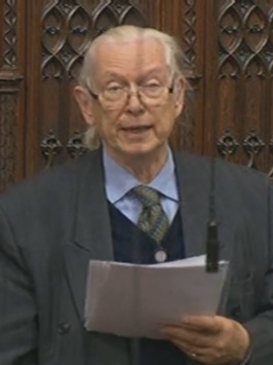
Robert Horatio Walpole, 10th Baron Walpole of Walpole, 8th Baron Walpole of Wolterton,, was a British politician who, as an excepted hereditary peer, was a member of the House of Lords until his retirement in 2017.
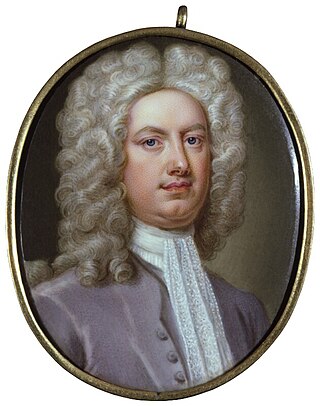
Horatio Walpole, 1st Baron Walpole, was an English diplomat, politician and peer who served as the British ambassador to France from 1724 to 1730. He was the son of Robert Walpole and the younger brother of Robert Walpole, the first Prime Minister of Great Britain.

Thomas Ripley was an English architect.

Wickmere is a village and a civil parish in the English county of Norfolk, 18.9 miles (30.4 km) north of Norwich, 7.3 miles (11.7 km) south-southwest of Cromer and 132 miles (212 km) northeast of London. The nearest railway station is at Gunton for the Bittern Line which runs between Sheringham, Cromer and Norwich. The nearest airport is Norwich International Airport. In the 2001 census it had a population of 125, which increased to 158 at the 2011 census. For the purposes of local government, the it falls within the district of North Norfolk.

Horatio Walpole, 1st Earl of Orford was a British Whig politician.
Colonel Robert Walpole was an English Whig politician and militia officer who served as a member of parliament for the borough of Castle Rising from 1689 to 1700. He is best known for being the father of Robert Walpole, the first British Prime Minister. Walpole is the ancestor of all the Barons Walpole and Earls of Orford, of all creations, and of the present Marquess of Cholmondeley, owner of Houghton Hall. He is also the Guinness World Records holder for having the world's longest overdue public library book.

George Walpole, 3rd Earl of Orford, was a British administrator, politician, and peer.

The Walpole family is a famous English aristocratic family known for their 18th century political influence and for building notable country houses including Houghton Hall. Heads of this family have traditionally been the Earl of Orford. Robert Walpole, 10th Baron Walpole, resided at Mannington Hall. Wolterton Hall has been undergoing restoration since 2016.
Horatio Walpole, 2nd Earl of Orford, styled The Honourable Horatio Walpole between 1757 and 1806 and Lord Walpole between 1806 and 1809, was a British peer and politician.
Horatio Walpole, 3rd Earl of Orford,, styled Lord Walpole between 1809 and 1822, was a British peer and politician.

Houghton is a small village and a civil parish in the English county of Norfolk. It covers an area of 7.64 km2 (2.95 sq mi) and had a population of 69 in 36 households at the 2001 census. At the 2011 census the population of the parish was again below 100, and was therefore included in the civil parish of West Rudham.
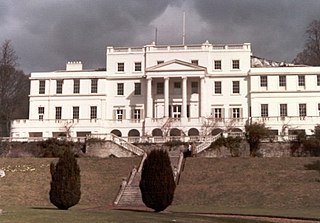
Linton Park, formerly Linton Place or Linton Hall, is a large 18th-century country house in Linton, Kent, England. Built by Robert Mann in 1730 to replace a much earlier building called 'Capell's Court', the estate passed through the ownership of several members of Mann's family before coming into the Cornwallis family. The house was enlarged to its current size in 1825.

Mannington Hall is a moated medieval country house in the civil parish of Itteringham near the village of the same name and is in the English county of Norfolk within the United Kingdom. The first manor house built on this site was constructed in the 15th century. Having been owned by the Walpole family since the 18th century, it is now the seat of Robert Walpole, 10th Baron Walpole.

Barningham Hall is a Grade I listed building which stands in the grounds of the estate called Barningham Winter. Both the hall and estate privately owned. The house is close to the village of Matlask in the English County of Norfolk in the United Kingdom. The house was built for Sir Edward Paston in 1612 although the house seen today is the result of renovations, alterations and enlargement carried out under the control and design of Humphry Repton and his architect son John Adey Repton in 1805.

Honing Hall is a Grade II* listed building which stands in a small estate close to the village of Honing in the English county of Norfolk within the United Kingdom. It was built in 1748 for a wealthy Worstead weaver called Andrew Chamber.

St Martin at Tours' Church is an active Church of England parish church in the village of Houghton, Norfolk, England. It is a Grade I listed building. The church stands in the grounds of Houghton Hall, the 18th century house built by Robert Walpole, England's first Prime Minister and contains the graves of Sir Robert and his three successors as Earls of Orford of the second creation.





